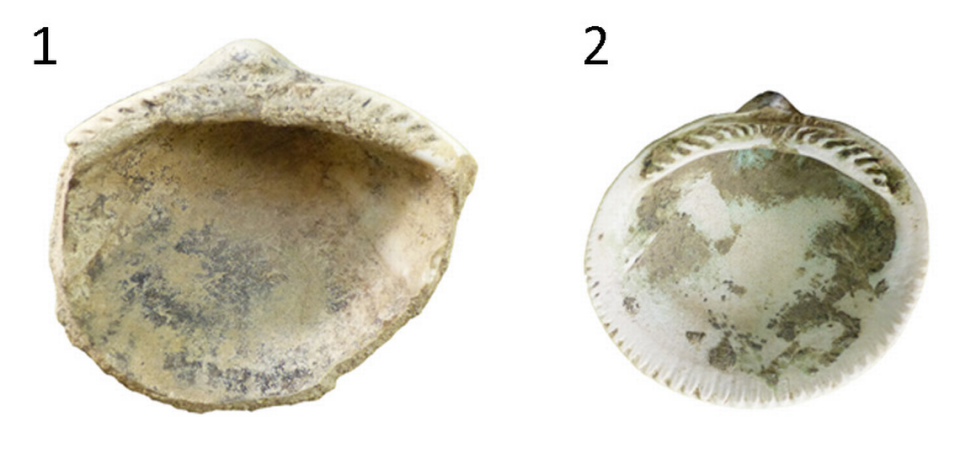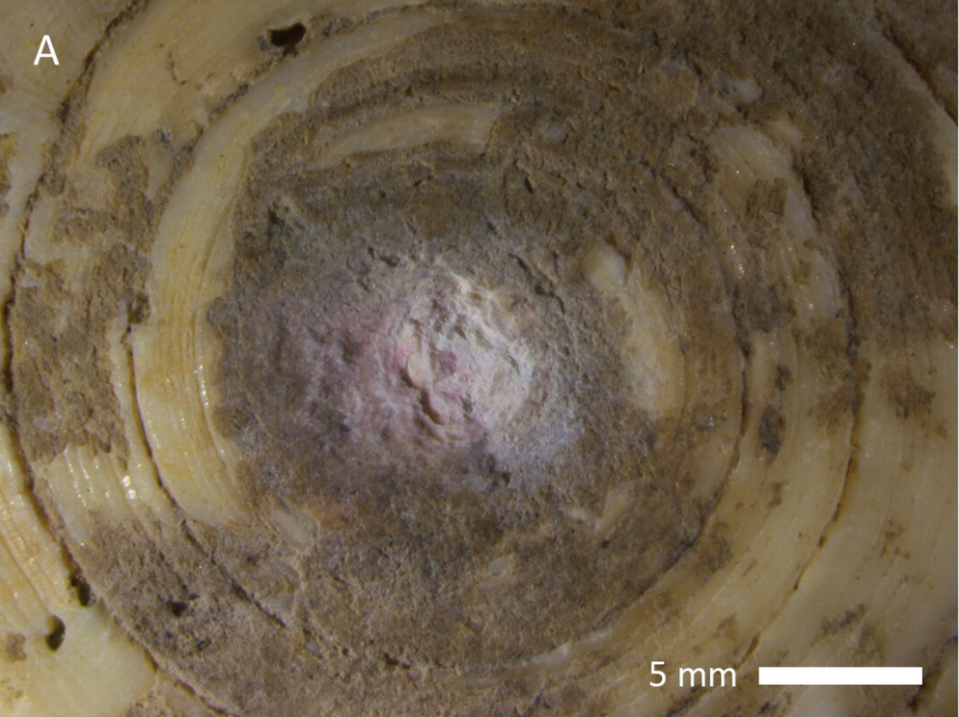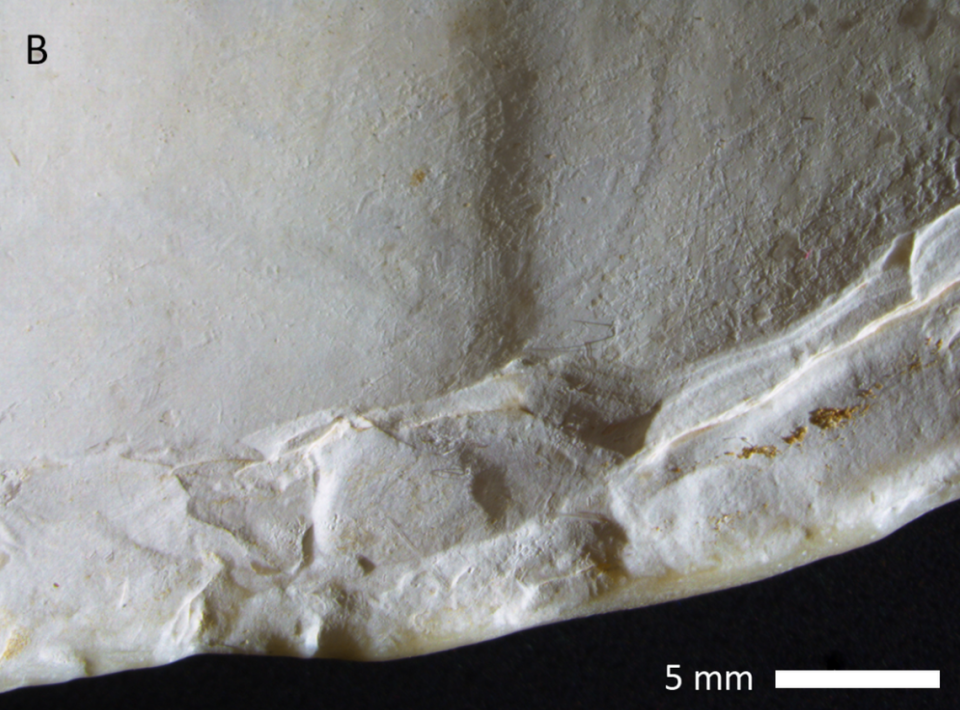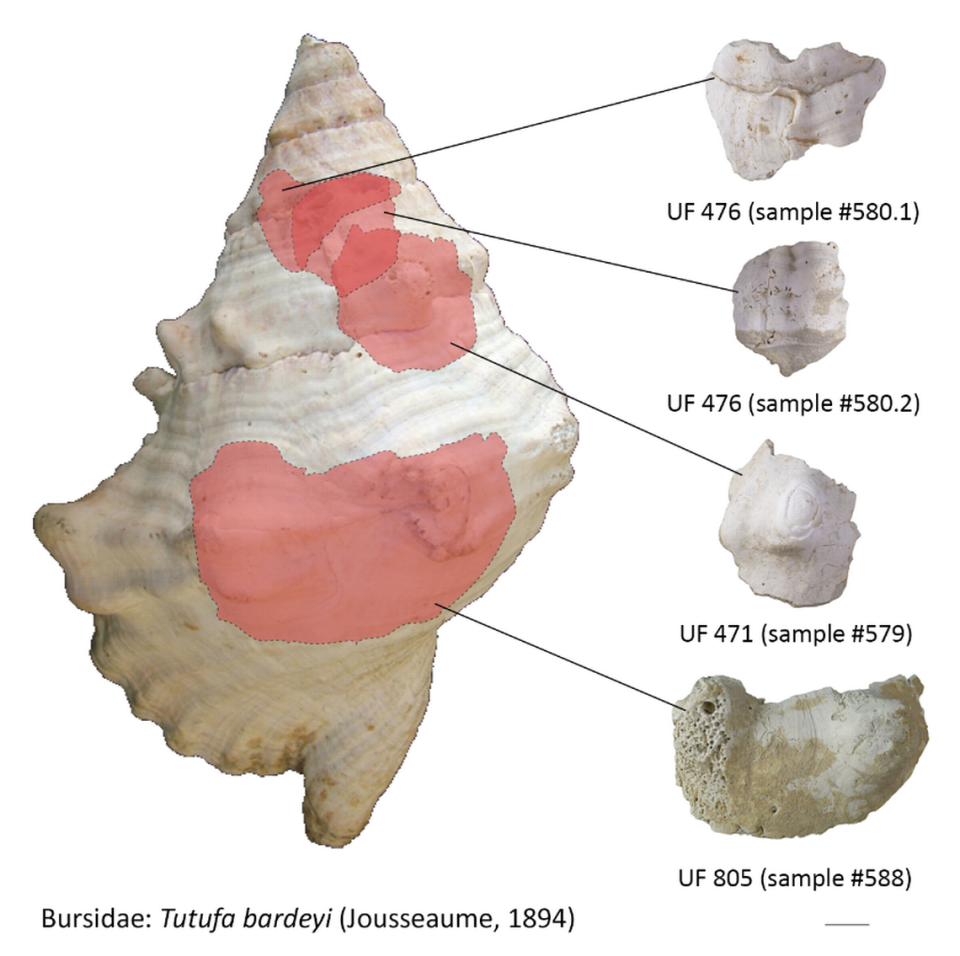Seashells in the desert? 3,600-year-old community collected them for a reason
Waves splash along the sandy beach, a rhythmic pounding of the ocean. Partially buried, pink and white seashells adorn the beach. Stopping to pick up an interesting shell — and slipping it in your pocket to keep — seems like a natural response to seeing these delicate beauties.
An ancient desert community in the United Arab Emirates also collected seashells, and it did so for very specific reasons.
Archaeologists excavating the Masāfī archaeological site uncovered a 3,600-year-old settlement organized around a palm grove, according to a study published Feb. 17 in the journal of Archaeological and Anthropological Sciences. People inhabited the desert oasis from 1600 B.C. until 600 B.C. — the Late Bronze Age to the mid-Iron Age.
On a large rocky hill overlooking the palm grove, archaeologists uncovered some of the settlement’s oldest ruins. This section, Masāfī 5, had a series of stone terraces built into the hill. Charred remains of fireplaces and furnaces, used for domestic purposes or metal working, were unearthed nearby.
Amid these ruins, archaeologists found hundreds of seashells. The marine shell collection included a few edible molluscs but many were non-edible species, the study said.
So why were there so many seashells in this desert community?

To answer that question, archaeologists analyzed the 250 shell fragments, identifying the species and studying signs of wear on the shells. They began to notice some patterns.
Many of the seashell types matched those found along the nearby coast — a shoreline about a six-hour walk away, the study said.
A few of the shells had charring marks, indicating they were likely cooked and eaten by the community. Some clam shells had colored pigments, possibly from use as a cosmetic container, the researchers said. Other shells showed signs of knapping, giving them a sharper edge for use as knives or scraping tools.

Many other shells showed signs of “human-made modifications,” researchers said, such as traces of hammering, drilling, scraping and polishing. The patterns of wear and the quantity of shells indicated the community had small-scale seashell workshops.

These workshops likely created rings, adornments, bracelets or pendants out of the seashells, the study said. Shells from various stages of production were unearthed at the Masāfī 5 site.

No finished seashell products were uncovered, the researchers said. This indicated that the desert community may have exported their crafts, trading them across the region. Ancient Mesopotamia is known to have regularly imported seashells since the Bronze Age, the study said.
Researchers also suggested that the Masāfī settlement collected shells as trinkets, souvenirs or game tokens. Further research, at Masāfī and elsewhere in the region, is needed to understand ancient seashell collection, craftsmanship and trade.
The Masāfī site is located near the present-day city of Masāfī, about 70 miles northeast of Dubai.
Hiker stumbles upon site where Roman offerings were made 2,000 years ago in Swiss Alps
Ruins of 900-year-old castle unearthed from courtyard in Spain. Take a look
‘Rare’ golden treasures unearthed at 2,000-year-old city in Saudi Arabia. Take a look

